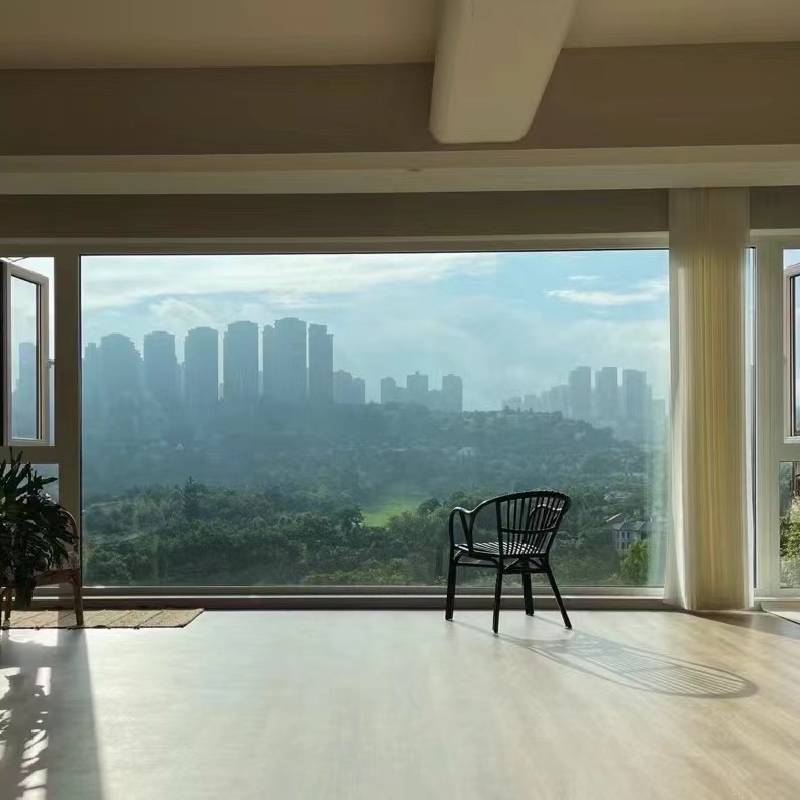

Reflective Float Glass An Overview of Properties and Applications
Reflective float glass is a specialized type of glass that is widely used in modern architecture, interior design, and various industrial applications. It combines the characteristics of float glass with reflective properties, offering both aesthetic and functional advantages. This article explores the manufacturing process, properties, applications, and benefits of reflective float glass.
Manufacturing Process
The production of reflective float glass begins with the float glass manufacturing process. Silica sand, soda ash, and limestone are melted in a furnace to create a molten glass pool. This molten glass is then floated on top of molten tin, resulting in a flat and smooth glass surface as it cools. Once the float glass is formed, a thin layer of metallic coating, usually made of silver or aluminum, is applied to one side of the glass. This reflective coating transforms standard float glass into reflective float glass, enhancing its capabilities.
Properties
Reflective float glass shares many properties with traditional float glass, including clarity, durability, and resistance to environmental factors. However, the addition of the reflective coating gives it unique characteristics. The primary property is its ability to reflect light, which reduces glare and heat transfer to indoor spaces. This feature is particularly important in hot climates, as it helps maintain a comfortable indoor temperature, thereby reducing energy consumption for cooling.
Another significant property of reflective float glass is its aesthetic appeal
. The reflective surface provides an elegant, modern look, making it a popular choice for building facades, windows, and interior applications. Furthermore, the glass can be produced in various colors and tints, allowing architects and designers to achieve specific visual effects that complement their projects.Applications

Reflective float glass has a wide range of applications in different industries. In architecture and construction, it is commonly used for commercial and residential buildings, where it is used for curtain walls, windows, and balustrades. The energy efficiency of the glass makes it an attractive option for green building projects, contributing to sustainability by reducing reliance on artificial lighting and air conditioning systems.
In the automotive industry, reflective float glass is increasingly used for vehicle windows and sunroofs. Its ability to reflect sunlight improves passenger comfort and reduces heat buildup inside vehicles, enhancing the overall driving experience.
Reflective float glass also finds applications in interior design. It is used in mirrors, decorative panels, and retail displays, adding depth and sophistication to spaces. The reflective nature of the glass can create illusions of larger spaces, making it a popular choice for smaller rooms or showrooms.
Benefits
The benefits of reflective float glass are numerous. One of the key advantages is energy efficiency. By reflecting sunlight, it helps to lower cooling costs, making buildings more economical to operate. Additionally, the glass provides UV protection, which can help to preserve interior furnishings and reduce fading.
Moreover, reflective float glass contributes to enhanced privacy. While it allows light to enter, it prevents outsiders from seeing directly into buildings during daylight hours. This feature makes it an appealing choice for offices and residential properties where privacy is a concern.
In conclusion, reflective float glass is a versatile and functional material that has transformed the landscape of modern architecture and interior design. With its combination of aesthetic appeal and energy efficiency, it continues to be a preferred choice for many applications, contributing significantly to the sustainability goals of the construction industry. As technology advances, the potential of reflective float glass is likely to expand even further, paving the way for innovative designs and energy-saving solutions in the built environment.